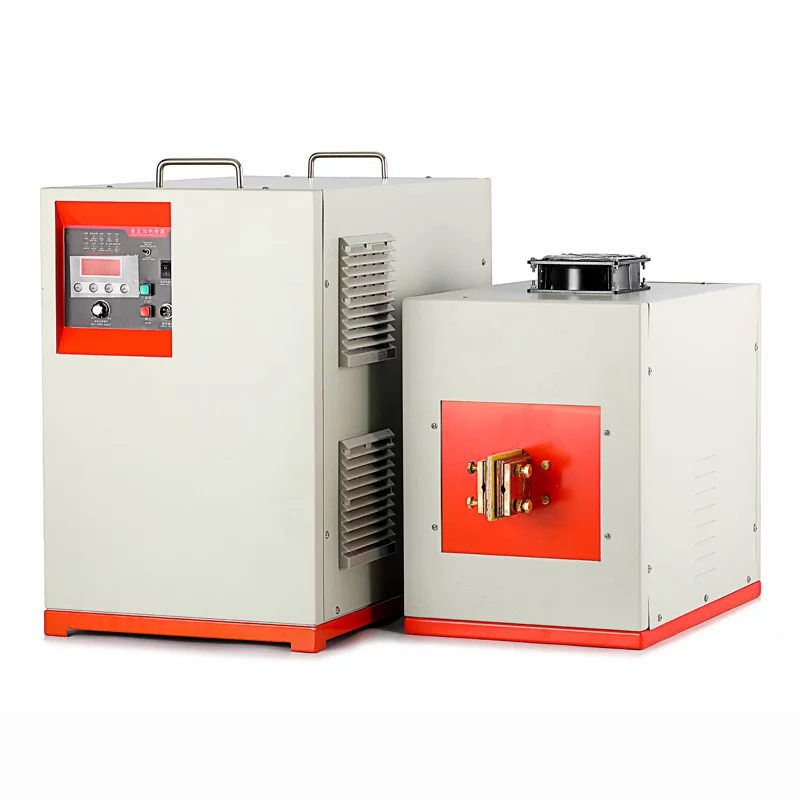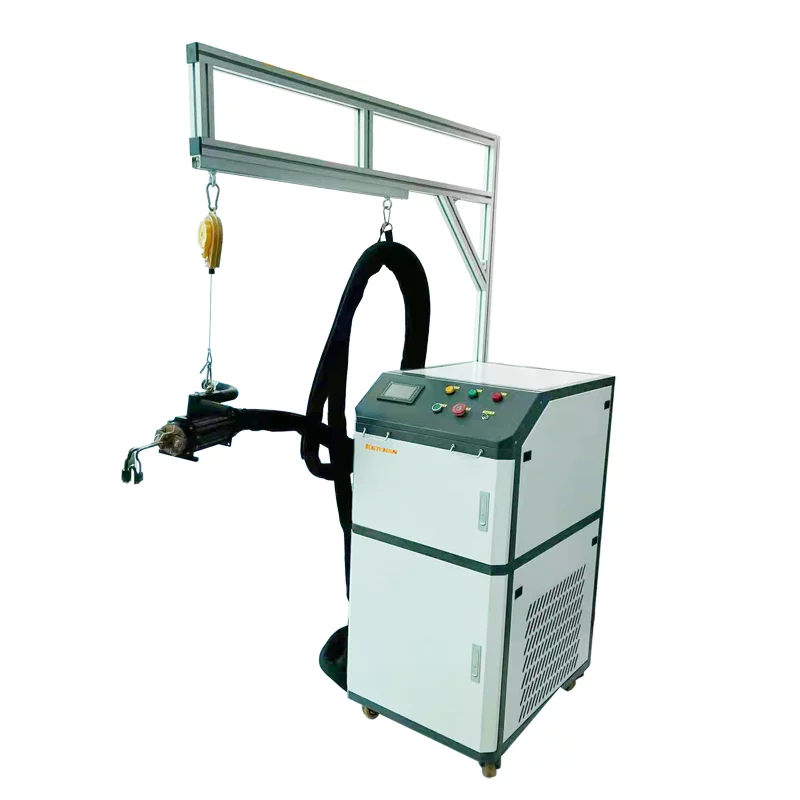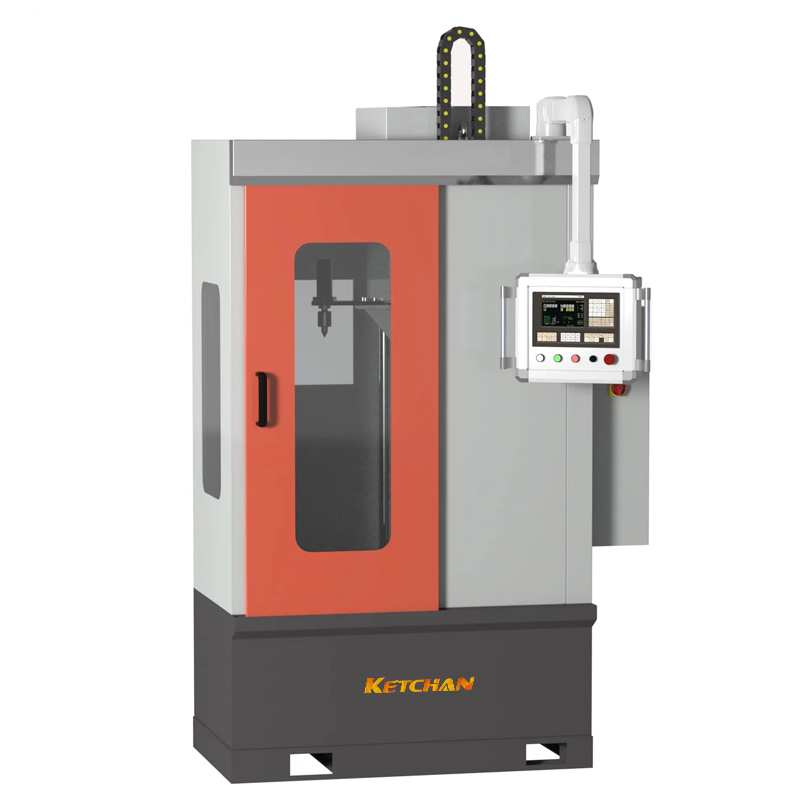The quenching hardening of steel is a heat treatment process in which the steel is heated to the critical temperature above Ac3 (subeutectoid steel) or Ac1 (hypereutectoid steel), held for a period of time, all or part of the steel is austenitized, and then the steel is cooled faster than the critical cooling speed to below Ms (or isothermal near Ms) for martensite (or bainite) transformation.
Process: heating, heat preservation, and cooling.
The essence of quenching is martensite or Bainite transformation of supercooled austenite to obtain martensite or bainite structure.
The purpose of quenching :
(1) to greatly improve the rigidity, hardness, wear resistance, fatigue strength, and toughness of steel, so as to meet the different requirements of various mechanical parts and tools;
(2) Through quenching to meet the ferromagnetism, corrosion resistance, and other special physical and chemical properties of some special steels.
Application of quenching process: quenching hardening process is most widely used, such as tools, measuring tools, molds, bearings, springs, and automobiles, tractors, diesel engines, cutting machine tools, pneumatic tools, drilling machinery, agricultural machinery and tools, petroleum machinery, chemical machinery, textile machinery, aircraft, and other parts are used in the quenching process.





